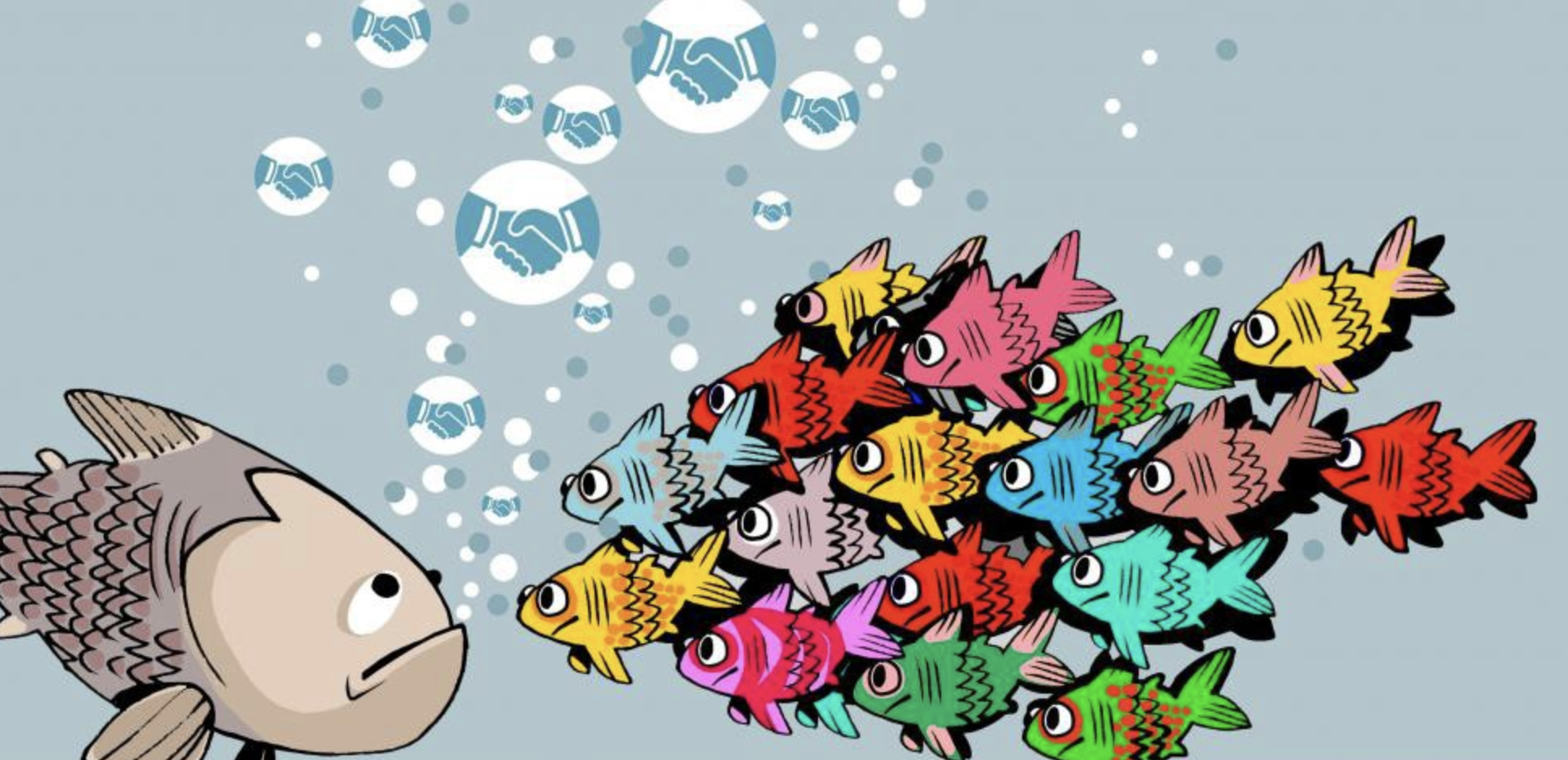Once I had a brief exchange with a friend who was one of my closest childhood friends from Croatia. I gave him my phone number and he said he would call me. We reconnected in our early twenties, then drifted apart and have not had a real conversation in a decade, even though he has asked for my phone number several times.
While I was reflecting on a coaching session with a client about assumptions she was making in one of her key relationships when it hit me. I have plenty of assumptions about my childhood friend, and especially his interest in reconnecting with me.
True North
Humans are naturally communal beings. We are in a relationship with others all the time—at work, at home, and in our community. And we have stories and assumptions about everything that happens in our life. Those stories and assumptions reflect our values and beliefs. We all have values; they are as much a part of us as our blood types or our genetic makeup. Values are who we are in our own deepest nature, not whom we think we should be to fit in. They are like a compass that points us to our “true north.”
They are as unique to us as our individual thumbprints. Our values determine what is important to us. Our beliefs are what is true for us. These two tend to go together. If we have a value, then we will have a belief that relates to that value. To illustrate the difference, many people commonly believe in the American Dream that anyone who works hard enough will be successful and wealthy. Underlying this belief is the American values that wealth is good, important and that it will make us happier.
Most of our actions and behavior are geared towards achieving the things that are in our values, the things that are most important to us. Our beliefs guide us on how to do that. Beliefs and values live in our mind operating system or mindset and create our perspective or filter through which we see the world. That filter or view then shapes our attitudes and actions we take. Our beliefs and values are how we see the world. Our mindset is like colored lenses through which we see and understand the world.
There is so much that we do not understand what drives people to do something we don’t agree with. We struggle to understand the other person through the lens of our own beliefs and values without trying to understand how the person thinks. Each of us has been shaped and molded over time through our experiences. Our values have developed into a mindset that we live by.
Values and Beliefs
We are often confused by people who do not share our own beliefs and values because given the same circumstances they don’t act as we would expect. To align our beliefs and our values it is important to get to know what they are. Exploring and identifying personal values and beliefs are one of the first steps that we need to do to be a better leader. Values can differ from person to person, or, taking a wider perspective, they can differ for people across all cultures. For example, if I have a value about friendship, then I will have some beliefs about what friendship means. My beliefs could be different from your beliefs about friendship. For me, a real friend is someone that loves me and likes spending time with me. For someone else, a real friend is someone who always tells us the truth. Someone said to me one time, a friend is someone who makes you feel good about yourself. Now, the last two could conflict with each other. So, each person that has beliefs about friendship, will have a slightly different set of beliefs. Their view of what friendship means will be different from person to person. The combination of the value of friendship and beliefs about friendship will drive a person’s actions and behavior. The result of that then is that we will have the kind of friendships that match not only our value of friendship but also our beliefs about what makes a friendship. People with similar values and beliefs attract each other.
Mindset is About Awareness
Most of the time, our values and beliefs are outside of our conscious awareness. If we were to ask one of our friends, “what are your values?”. It is very unlikely that we would get an immediate response. Somebody might have to take a few minutes to answer that question. Some people would find it impossible to give us an answer. That is because unless we spend time thinking about our values then it would be quite hard to know what they are. However, there are some signs that we can pay attention to because there is a connection between our values and our emotions.
In general, we feel positive emotions, so we will feel happy, satisfied, excited, etc., when our values are being fulfilled. We will experience negative emotions when our values are being violated in some way. It could be us that’s violating our own values, or it could be someone else that’s trampling all over them. When we find ourselves angry or irritated or upset about something, then that usually means that one of our values is being violated in that situation. And if we find ourselves in a situation when we are bored, unengaged, unmotivated, uninterested, then it’s usually because there is no obvious connection between what’s going on in that situation and our own personal values.
Our personal values and beliefs have a powerful effect on our lives and our organizations. Values and beliefs are powerful tools that, once understood, can change our leadership style. They changed my life. They helped me get past my biggest fears and see things through completely new lenses. Values and beliefs are important concepts that make us who we are. Although similar in some ways, these are two different things that drive one’s actions and feelings towards others.
Leadership Is About Mindset
Mindset is a key dimension of leadership presence and leadership presence is fundamentally about awareness. Therefore, becoming more aware of the stories (beliefs) we hold, and validating or challenging them is not only important for creating better relationships, but it is also central to leadership presence. The longer the beliefs camp out in our heads, the more hard-wired they become. Often though, we are completely unaware of those beliefs and how they impact our values and attitudes.
Our mindset is a complex system of beliefs and values. Each of us holds a unique mindset, created from our experiences going back to our earliest years, shaped by our family and friends, our culture and geography, and our personality itself. In other words, our mindset is how we perceive reality. It is “our own reality,” if you will. Our mindset influences our perspective, our thought patterns and emotions, and our decisions. It will affect how we hire, how we delegate, and how we manage our time. Addressing mindset is one of the most important elements of the coaching I do with my clients. Using our mind, we create the reality that we live in. This idea of mindset is one of those things that we can change simply by being aware of it. Leadership in a complex environment is all about mindset. Mindset is all about awareness.





